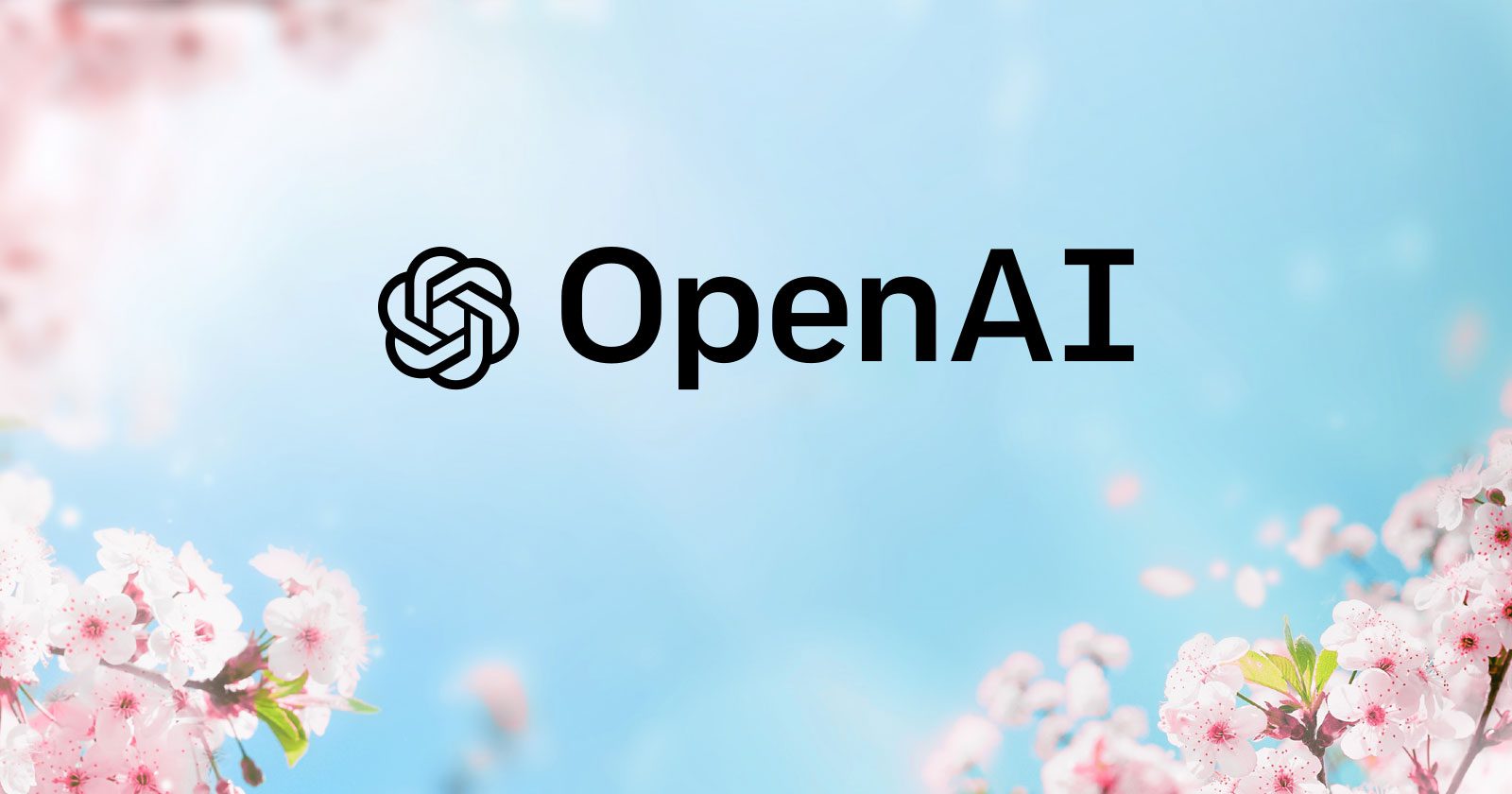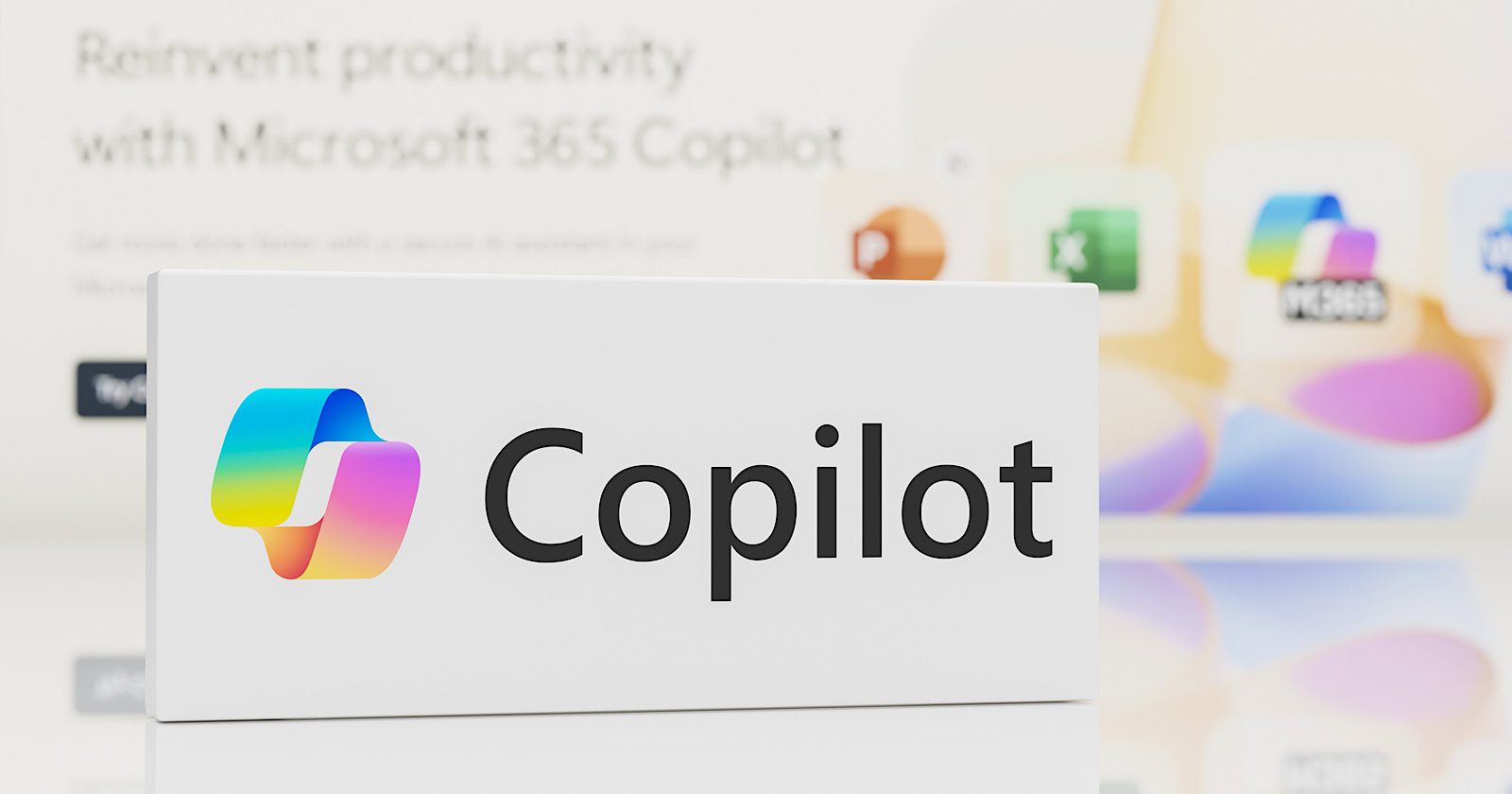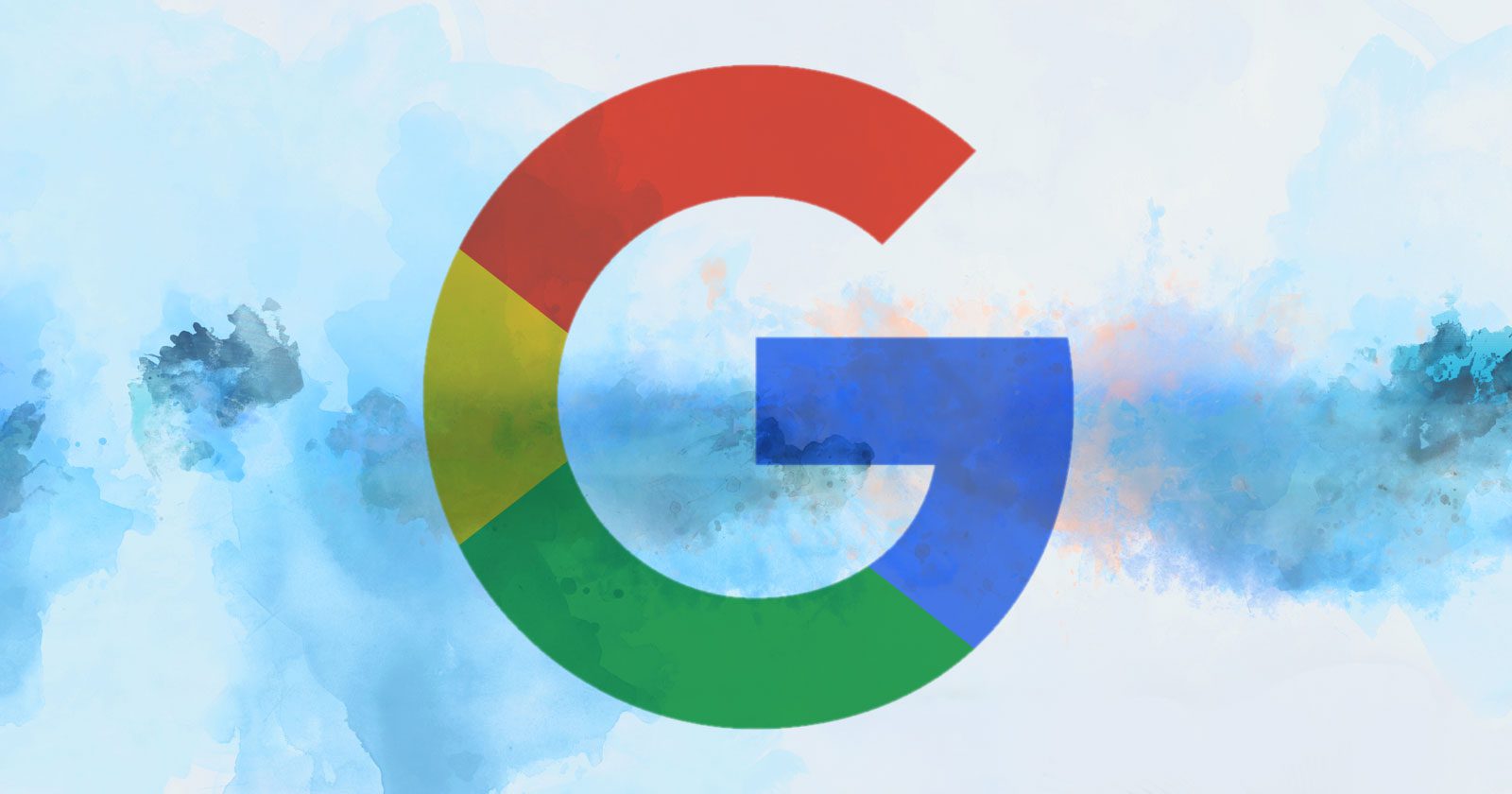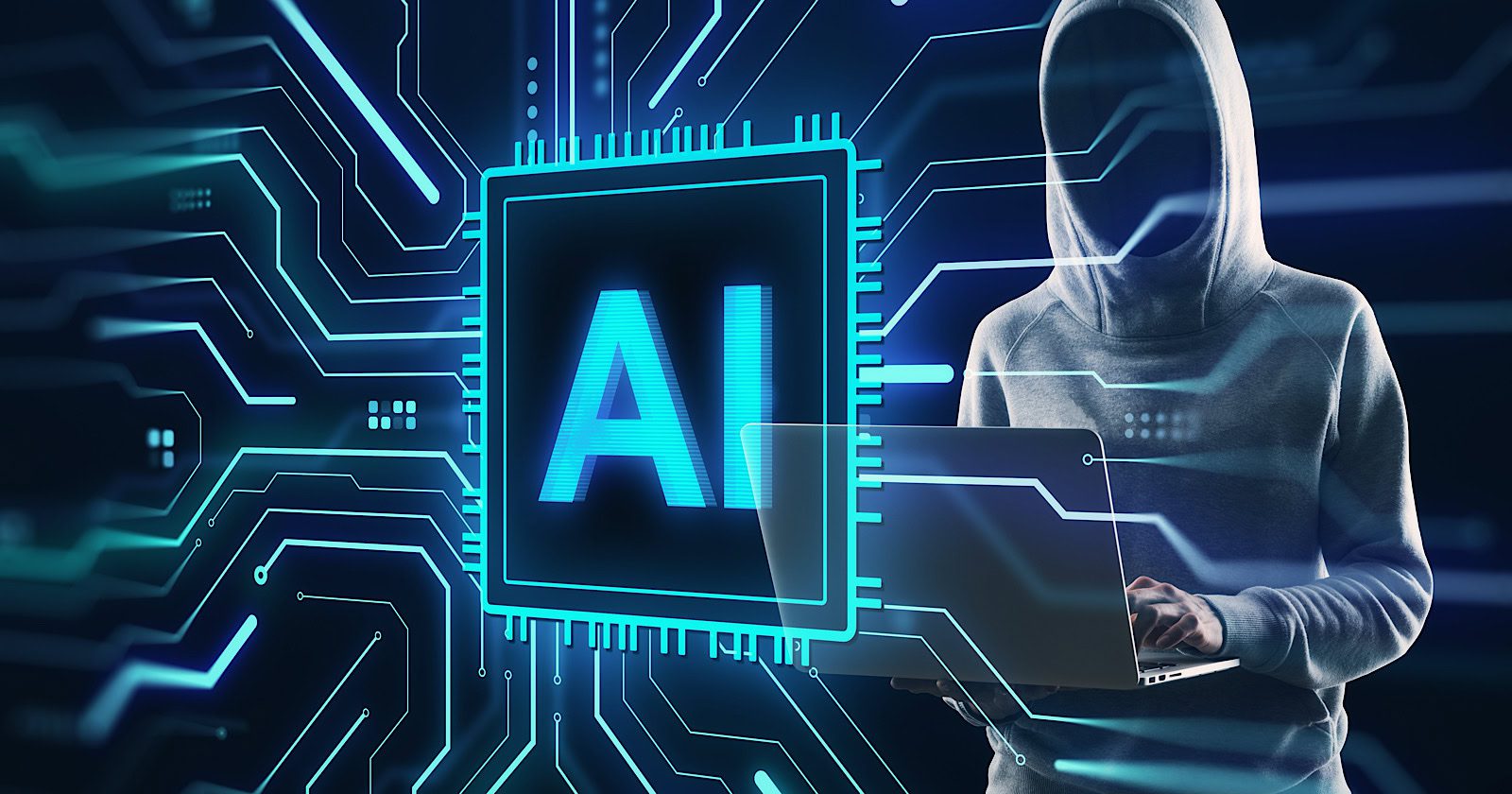OpenAI released ChatGPT Atlas today, describing it as “the browser with ChatGPT built in.”
OpenAI announced the launch in a blog post and livestream featuring CEO Sam Altman and team members including Ben Goodger, who previously helped develop Google Chrome and Mozilla Firefox.
Atlas is available now on macOS worldwide for Free, Plus, Pro, and Go users. Windows, iOS, and Android versions are coming soon.
What Does ChatGPT Atlas Do?
Unified New Tab Experience
Opening a new tab creates a starting point where you can ask questions or enter URLs. Results appear with tabs to switch between links, images, videos, and news where available.
OpenAI describes this as showing faster, more useful results in one place. The tab-based navigation keeps ChatGPT answers and traditional search results within the same view.
ChatGPT Sidebar
A ChatGPT sidebar appears in any browser window to summarize content, compare products, or analyze data from the page you’re viewing.
The sidebar provides assistance without leaving the current page.
Cursor
Cursor chat lets you highlight text in emails, calendar invites, or documents and get ChatGPT help with one click.
The feature can rewrite selected text inline without opening a separate chat window.
Agent Mode
Agent mode can open tabs and click through websites to complete tasks with user approval. OpenAI says it can research products, book appointments, or organize tasks inside your browser.
The company describes it as an early experience that may make mistakes on complex workflows, but is rapidly improving reliability and task success rates.
Browser Memories
Browser memories let ChatGPT remember context from sites you visit and bring back relevant details when needed. The feature can continue product research or build to-do lists from recent activity.
Browser memories are optional. You can view all memories in settings, archive ones no longer relevant, and clear browsing history to delete them.
A site-level toggle in the address bar controls which pages ChatGPT can see.
Privacy Controls
Users control what ChatGPT can see and remember. You can clear specific pages, clear entire browsing history, or open an incognito window to temporarily log out of ChatGPT.
By default, OpenAI doesn’t use browsing content to train models. You can opt in by enabling “include web browsing” in data controls settings.
OpenAI added safeguards for agent mode. It cannot run code in the browser, download files, install extensions, or access other apps on your computer or file system. It pauses to ensure you’re watching when taking actions on sensitive sites like financial institutions.
The company acknowledges agents remain susceptible to hidden malicious instructions in webpages or emails that could override intended behavior. OpenAI ran thousands of hours of red-teaming and designed safeguards to adapt to novel attacks, but notes the safeguards won’t stop every attack.
Why This Matters
Atlas blurs the line between browser and search engine by putting ChatGPT responses alongside traditional search results in the same view. This changes the browsing model from ‘visit search engine, then navigate to sites’ to ‘ask questions and browse simultaneously.’
This matters because it’s another major platform where AI-generated answers appear before organic links.
The agent mode also introduces a new variable: AI systems that can navigate sites, fill forms, and complete purchases on behalf of users without traditional click-through patterns.
The privacy controls around site visibility and browser memories create a permission layer that hasn’t existed in traditional browsers. Sites you block from ChatGPT’s view won’t contribute to AI responses or memories, which could affect how your content gets discovered and referenced.
Looking Ahead
OpenAI is rolling out Atlas for macOS starting today. First-run setup imports bookmarks, saved passwords, and browsing history from your current browser.
Windows, iOS, and Android versions are scheduled to launch in the coming months without specific release dates.
The roadmap includes multi-profile support, improved developer tools, and guidance for websites to add ARIA tags to help the agent work better with their content.
Featured Image: Saku_rata160520/Shuterstock










